What Sensors Make Your Smartphone Great And What Do They Do?
Dhir Acharya - Jul 27, 2020
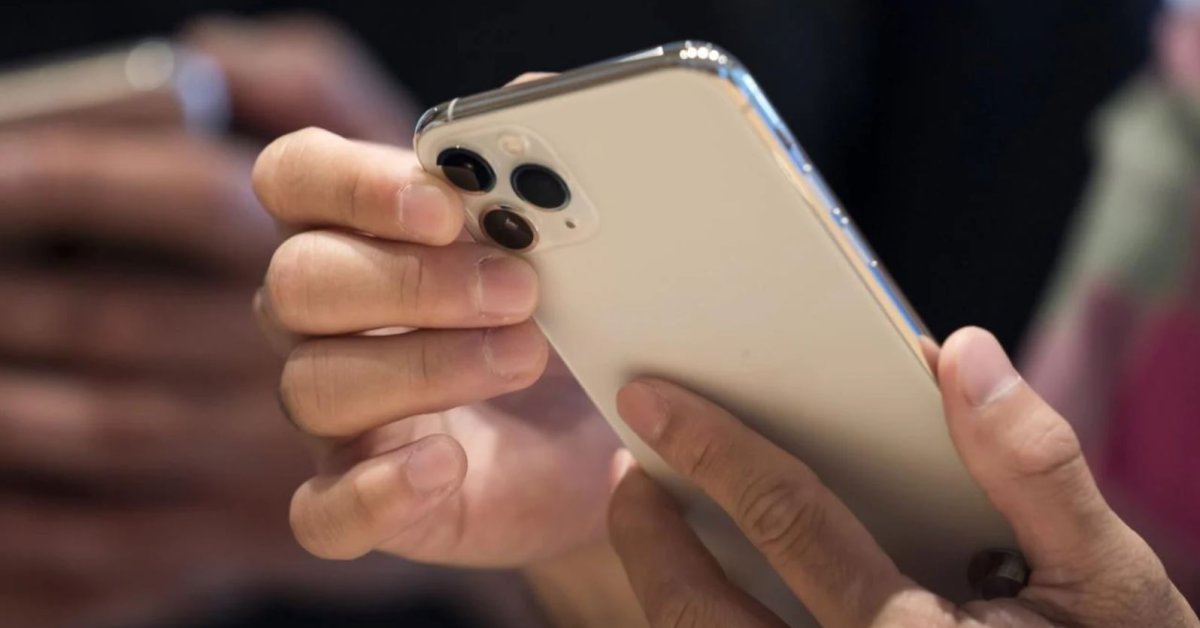
To make up a powerful smartphone on your hand that can do so much with such small sizes, there is several gadgets stacked inside a compact package.
- POCO X2 vs POCO F2 Pro: Reasons Why POCO X2 Is A Better Choice
- Samsung Galaxy M12 Debuts In India With 90Hz Display & 48MP Quad Cam
- Realme C12 Review: Refreshing Design, Massive Battery, Decent Cameras
To make up a powerful smartphone on your hand that can do so much with such small sizes, there is several gadgets stacked inside a compact package. The device can do a lot of things, such as counting your steps, measuring distances, etc.
So what gadgets help your phone do that?
Accelerometer
It senses axis-based motions, used for phones and fitness trackers, which helps your smartphone count your steps even without a smartwatch or fitness tracker. Besides, the accelerometer tells the software on your phone which way you are pointing the device. This is crucial for AR apps.

And it measures acceleration that allows for showing your movement in various apps.
An accelerometer is made up of microscopic crystal structures that are stressed by accelerative forces. Then, the sensor interprets the voltage from the crystals to figure out the speed and direction at which your phone is moving.
Gyroscope
This sensor helps the accelerometer understand which way the phone is oriented, increasing the precision for 360-degree photospheres to make them look the most impressive possible.

When you play a racing game, you tilt your phone screen to steer, the gyroscope senses that action instead of the accelerometer as the phone is slightly turned, not moved through space.
Apart from phones, a gyroscope can be used in aircraft’s altimeters to figure out the position and altitude and to keep a camera steady on the move. Smartphone gyroscopes are Micro-Electro-Mechanical Systems (MEMS), which made the first big hit when the iPhone 4 came out in 2010.
Magnetometer
This sensor completes the triumvirate that determines the physical position and direction of a phone in space. It measures magnetic fields, telling you which way is north. When you use the compass mode in Google Maps or Apple Maps, the magnetometer will kick in and figure out the way that the map should be up. The sensor also powers separate compass apps.
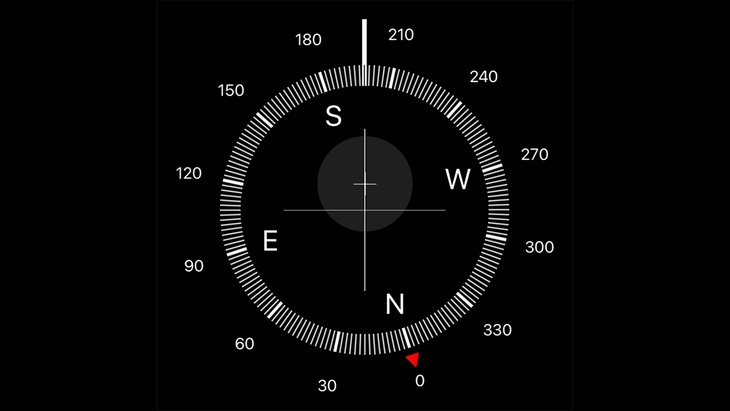
Magnetometers are also used in metal detectors because they can detect magnetic metals. That’s why there are metal detector apps for smartphones too.
However, this sensor doesn’t work alone, it also uses data from GPS and the accelerometer inside the phone to determine your whereabouts in the world as well as which way you are pointing.
GPS
GPS is short for Global Positioning System. A phone’s GPS units get a ping from a satellite to figure out the part of the planet you’re in. They do not actually use the data on your phone, so you can see your location even when it has lost signal.
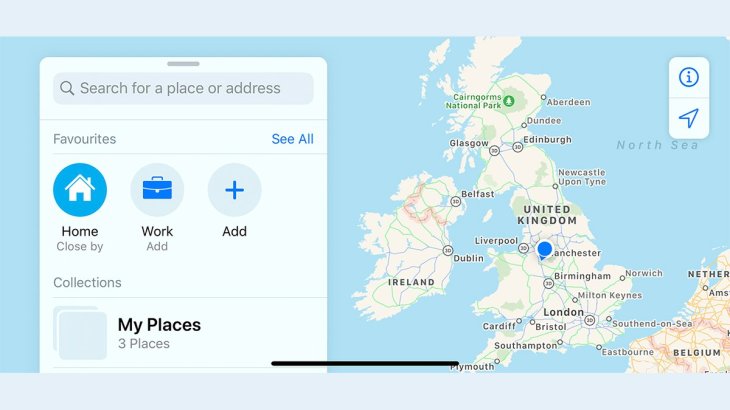
In fact, GPS connects with several satellites then calculates your position using the angles of intersection. If it cannot find a satellite (because you are indoor or there is heavy cloud), you won’t get a lock.
Biometric sensors
As of now, almost every phone on the market has either a facial recognition system or a fingerprint sensor for login. Biometric sensors are more secure than a PIN code or a pattern.
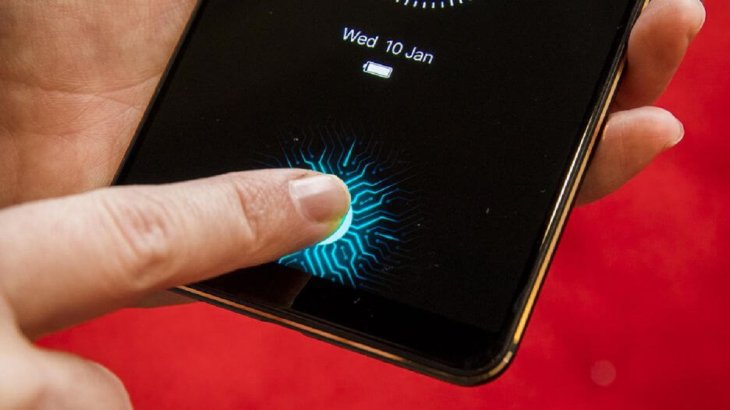
There are three types of fingerprint sensors: optical, capacitive, and ultrasonic. The last one offers the best result while the other two options are common among affordable smartphones.
For these sensors to work accurately, manufacturers deploy multiple different algorithms and software tricks. The highest-end Android handsets now feature in-display fingerprint sensors that are nearly as good as those using physical hardware buttons.
Others
There are several other sensors in your phone, not all of them are essential but they give the device more capabilities.
A Soli sensor basically detects movement near and above the phone so that you can snooze alarms by waving your hand.

There’s the LiDAR sensor, used in the iPad Pro, which can judge depth then map out a room accurately.
The newest iPhones house the U1 chip that helps determine your phone’s direction and location. Many smartphones also pack a barometer to measure air pressure, which helps detect weather changes and calculate your altitude.
Meanwhile, a proximity sensor switches off the phone when it’s near to your ear by combining a light detector and an infrared LED.
Last but not least, an ambient light sensor measures the light in a room and adjusts the brightness on your phone screen accordingly.
>>> These Are First Two Smartphones To Feature New Snapdragon 865 Plus SoC
Featured Stories

Gadgets - Jul 21, 2025
COLORFUL Launches iGame Shadow II DDR5 Memory for AMD Ryzen 9000 Series

Gadgets - Jun 23, 2025
COLORFUL SMART 900 AI Mini PC: Compact Power for Content Creation

Review - Jun 18, 2025
Nintendo Switch 2 Review: A Triumphant Evolution Worth the Wait

Gadgets - Jun 18, 2025
Starlink: Why It’s a Big Deal for U.S. Internet in 2025

Gadgets - Jun 17, 2025
How Custom PC Setups Support India's Esports Athletes in Global Competition

Gadgets - Jun 12, 2025
Lava Prowatch Xtreme Launches with Google Fit Integration
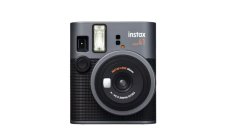
Gadgets - Jun 07, 2025
Fujifilm Instax Mini 41 Launches in India: Stylish Instant Camera Now Available...
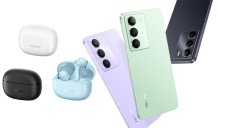
Mobile - Jun 07, 2025
Realme C73 5G Launches in India: Budget 5G Phone Starts at ₹10,499

Gadgets - Jun 07, 2025
OnePlus 13s Makes Indian Debut: Compact Flagship Brings Premium Features at...
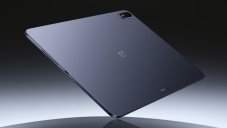
Gadgets - Jun 07, 2025
Comments
Sort by Newest | Popular